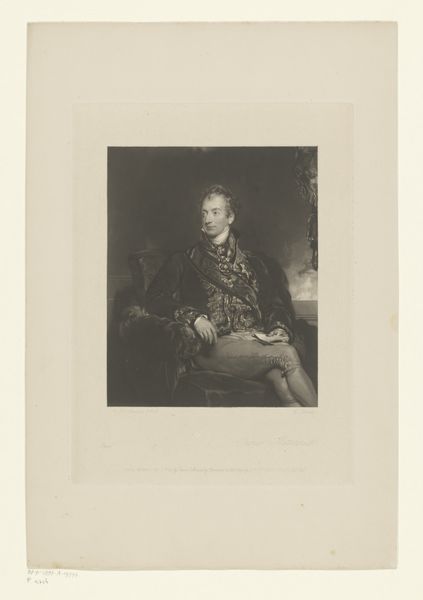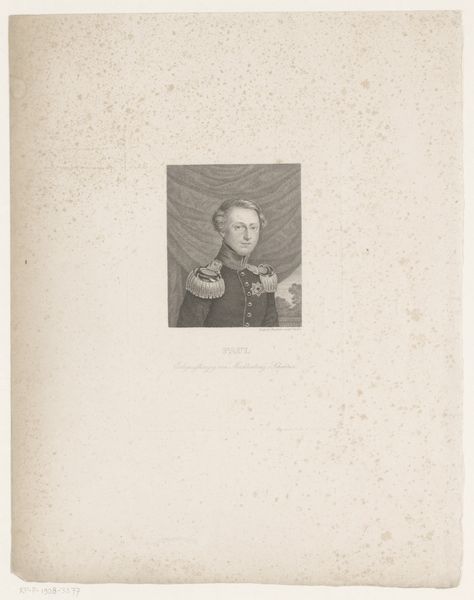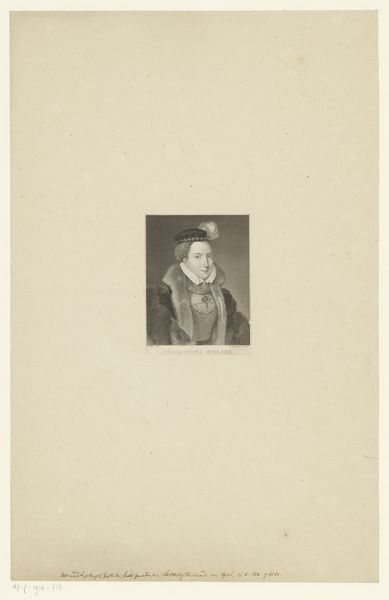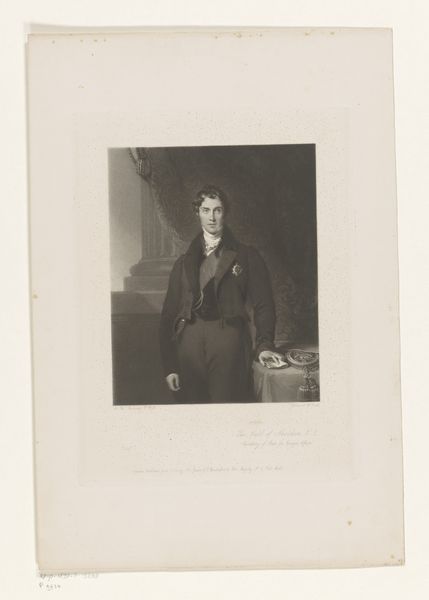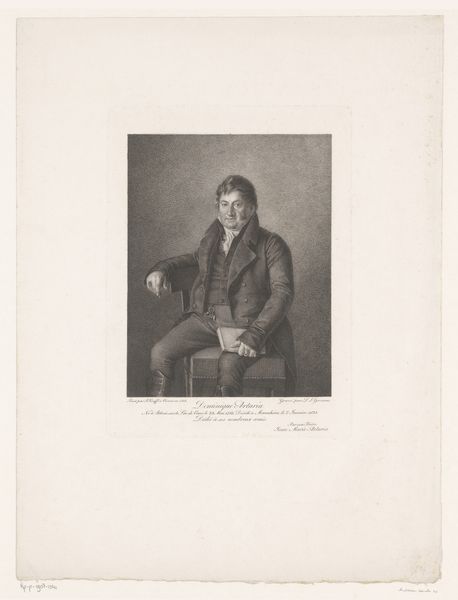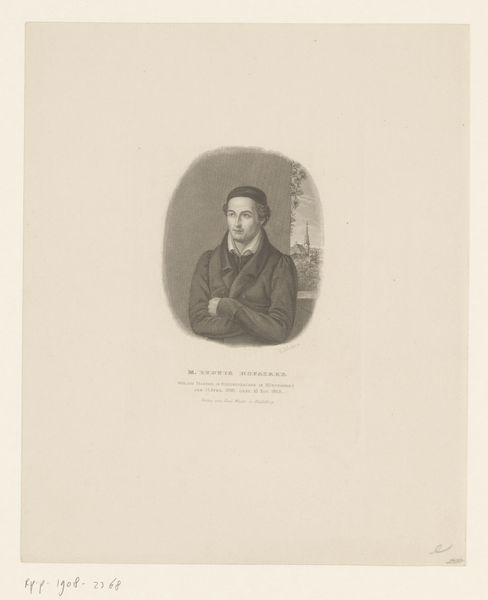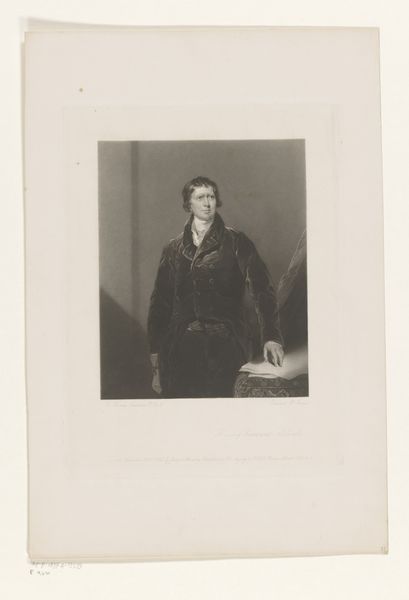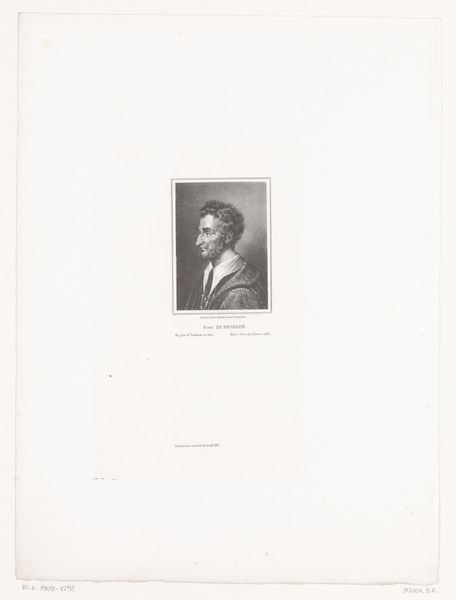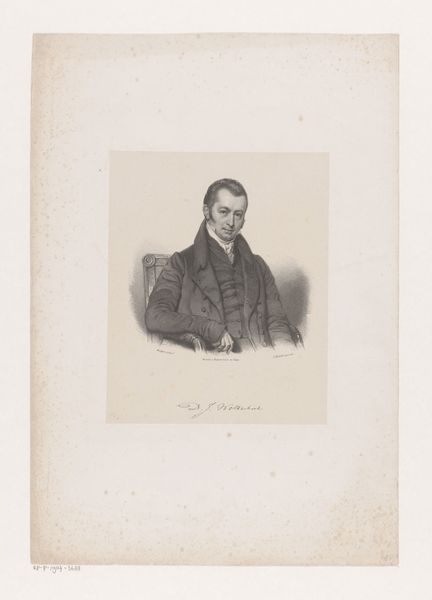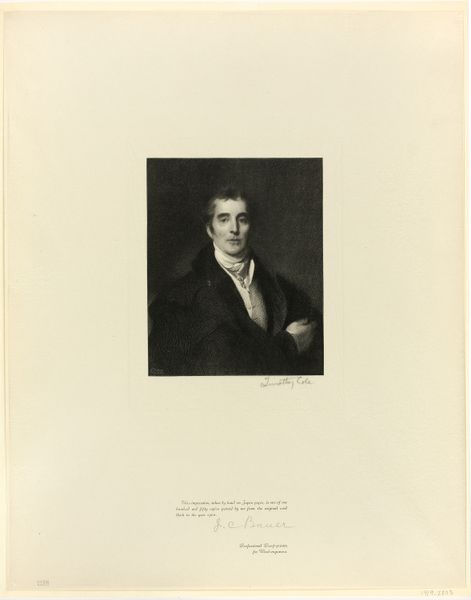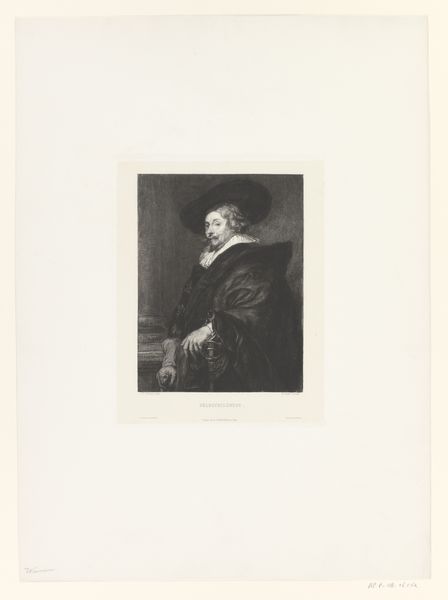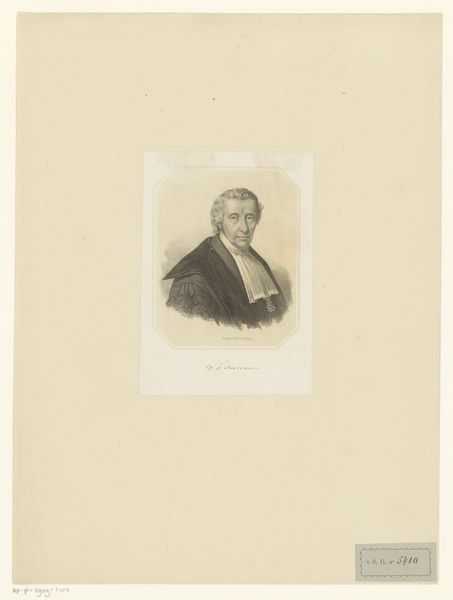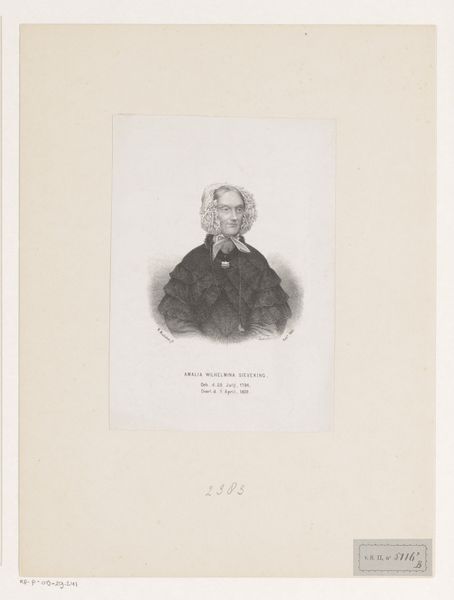
#
portrait
# print
#
11_renaissance
Dimensions: height 378 mm, width 295 mm
Copyright: Rijks Museum: Open Domain
Editor: This is William Unger’s print, "Portret van een onbekende Venetiaanse vrouw," created sometime between 1861 and 1889. The texture gives the work an ethereal, slightly haunting quality. It's interesting to think about how perceptions of beauty and power shift over time; it is intriguing how she is seen through Unger’s eye, not as she saw herself perhaps. What do you make of this portrayal in its historical context? Curator: That’s a fantastic observation. Unger, a 19th-century artist, is looking back at Renaissance Venice, a culture itself shaped by distinct notions of class, gender, and wealth. We can think of this not as a simple depiction but a *re-presentation*, filtered through Victorian sensibilities. Who did this "unknown Venetian woman" represent to Unger's audience? What ideals were being projected onto her? Editor: So, the portrait is less about *her* and more about Victorian society’s idea of her? Curator: Exactly. Consider the proliferation of portraits, particularly in elite circles during the Renaissance. They were powerful tools for establishing status, family legacy, and political alliances. Unger, creating a print, is participating in the culture of reproduction and dissemination. How does that shift the role and accessibility of the image? Editor: So, the act of reproduction democratizes it to a certain extent but also transforms its meaning? Curator: Precisely. Prints made art more accessible, shifting it from private collections to a broader public sphere. The choice of subject – a presumably aristocratic woman – and the medium, which democratized it, creates a tension, doesn't it? This image now resides in the Rijksmuseum. What assumptions might viewers bring to this image, encountered in this space? Editor: I see what you mean. Seeing it in the Rijksmuseum elevates the subject, and invites closer examination of this Venetian woman, albeit mediated. Thanks, that was really interesting. Curator: And to me as well – it’s rewarding to revisit assumptions we bring to art and think more critically about who art is really for.
Comments
No comments
Be the first to comment and join the conversation on the ultimate creative platform.
